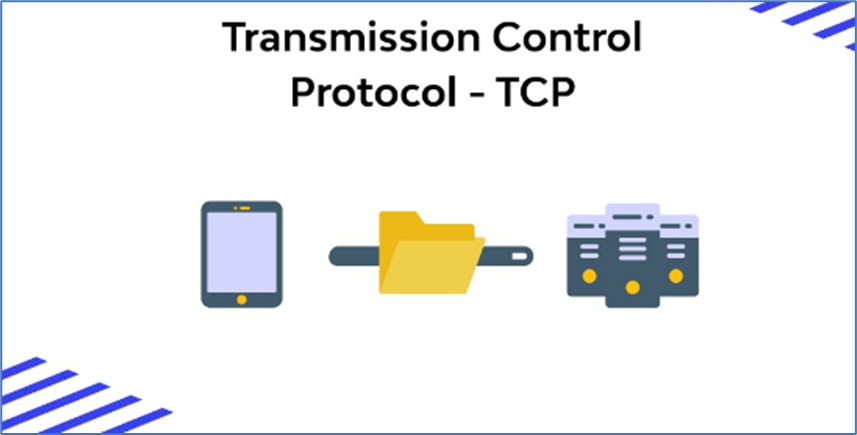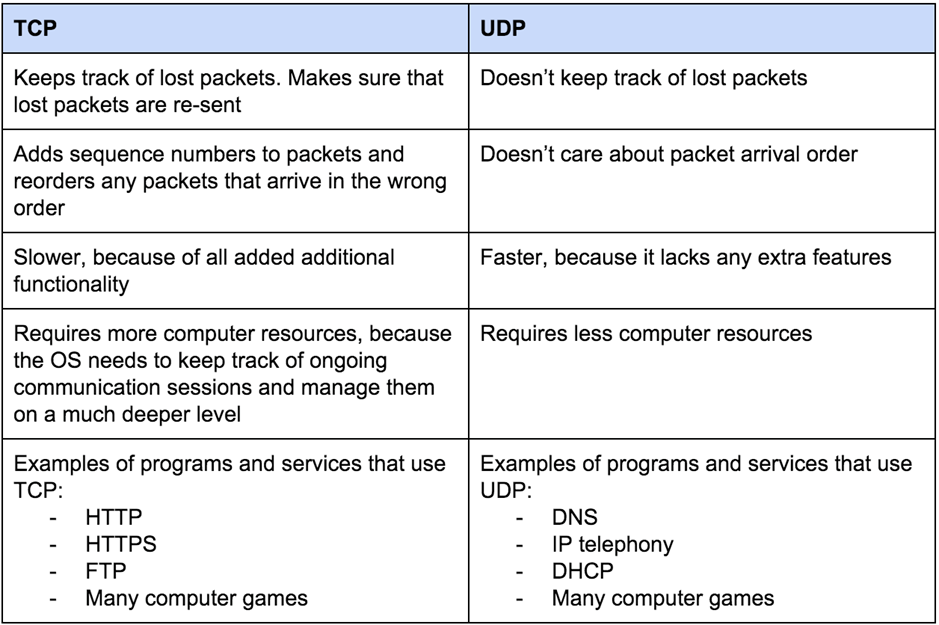In the world of computer networking, data communication plays a crucial role in connecting devices and facilitating seamless information exchange. Two fundamental protocols, UDP (User Datagram Protocol) and TCP (Transmission Control Protocol), lie at the heart of this communication process. Both are widely used, but they operate in distinct ways, each designed to suit specific scenarios and applications. In this blog, we will delve into the key differences between UDP and TCP, shedding light on when and where to use each protocol.

Understanding UDP and TCP

User Datagram Protocol (UDP): UDP is a connectionless and unreliable transport layer protocol. It operates without establishing a dedicated connection between the sender and receiver before transmitting data. Instead, UDP packages data into small units called datagrams, which are then sent over the network independently. Unlike TCP, UDP does not provide error-checking or retransmission mechanisms. It simply sends data without guaranteeing its delivery, making it suitable for applications where speed and low overhead are prioritized over data integrity.

Key Differences between UDP and TCP

2. Reliability: TCP guarantees data delivery, and if any packets are lost or corrupted during transmission, it requests retransmission from the sender. UDP, being connectionless, does not offer such reliability mechanisms. Hence, UDP is suitable for applications where occasional data loss can be tolerated, like live video streaming or real-time voice communication.
3. Speed and Overhead: UDP is faster than TCP due to its lack of connection establishment and error-checking mechanisms. TCP incurs additional overhead with its acknowledgment and retransmission process, making it slower compared to UDP. For applications where speed is crucial, like DNS (Domain Name System) lookups or real-time tracking, UDP is generally preferred.
4. Flow Control: TCP implements flow control to manage data transmission between sender and receiver. It ensures that the receiver can handle the incoming data at a pace it can process, preventing data overflow. UDP, being connectionless, lacks flow control, and the sender can transmit data at the maximum speed possible, leading to potential data loss if the receiver cannot keep up.
5. Applications and Use Cases: Each protocol caters to specific applications and use cases. TCP is commonly used for web browsing, email, file transfer, and any application that requires reliable data transfer. UDP, with its low overhead and speed, is favored for real-time applications like VoIP (Voice over Internet Protocol), online gaming, video streaming, and IoT (Internet of Things) applications.